International HPV Awareness Day
Written by Dr Angela Pine, BSc, MSc, PhD1
Medically reviewed and edited by Dr Said Qabbaah, MBBS, MBA
The 4th of March marks ‘International HPV Awareness Day’. This is a global initiative for raising awareness about human papillomavirus (HPV), its impact on health, and the prevention measures against it.
Most of us have probably heard about HPV, and may have also heard that it can cause cervical cancer. However, in most cases, this is where our understanding of the virus ends. So what is HPV? How is it spread? How dangerous is it to our health? and how can we best protect ourselves from it?
Below, you will find the most important facts about HPV:
HPV is a virus with more than 200 types
Globally, HPV is the most common sexually transmitted infection (STI). There are over 200 types of HPV, and around 13 of these are classed as ‘high risk’ due to their potential to cause cancer.
The most frequently associated high-risk HPV types with cervical cancer development are HPV 16 and 18.1 The rest are ‘low-risk’ types that do not cause cancer, with some associated with the development of warts on the hands, feet, or genitals.
HPV is different from other sexually transmitted infections (STIs)
HPV infects the skin and moist surfaces of the body (lining of the vagina, mouth, etc.), and is spread mainly via close skin-to-skin contact of the genital area, as well as during vaginal, anal, or oral sex.2
However, unlike many STIs, having protected sex by using a condom does not offer full protection against the virus.3 “HPV is transmitted by skin-to-skin contact, meaning you don’t have to have penetrative sex to catch it,” explains Dr Angela Pine, Founder and CEO of 10zyme, “Although barrier protection may help, it isn’t 100% preventative”.
HPV does not cause symptoms in most cases
HPV infection is very common, in fact, 80% of people will have an infection with HPV at some point in their lives regardless of their gender.4 Although some types of HPV may cause minor problems such as warts over different parts of the body, the vast majority of infections do not cause any symptoms at all.
This means that most people will never know that they have an HPV infection and can potentially pass it on to another person, which highlights the important role of screening in the early detection of HPV infection.
HPV infection can be controlled by the body’s natural immune response
Usually, the body’s immune system controls the vast majority of HPV infections.2,3 However sometimes, the body’s natural immune response cannot effectively control the infection for various reasons, leading to different health consequences depending on the virus type.
Persistent infections with high-risk HPV can cause healthy cells to become abnormal (referred to as ‘cell changes’) and could eventually develop into cancer over time.4 It is important to know that not all cell changes will turn into cancer, but it is still essential to monitor any changes and give treatment if necessary.
HPV is not necessarily linked to promiscuity
Despite HPV infection affecting the majority of sexually active people at some point in their lives, there is still a certain level of stigma around the virus. This means that the diagnosis of an HPV infection can unfortunately lead to feelings of shame, fear, misjudgement, and even mistreatment which could potentially have a long-term impact on the dating and/ or sex life of those affected.5
It is important to understand that HPV infection is not particularly the result of a certain behaviour or action, and can affect anyone from the very first sexual encounter.2 For this reason, having the right knowledge about HPV and knowing the facts will not only help to remove the negative label associated with the virus but will also help in the more effective prevention against its negative health effects.
HPV is the main cause of cervical cancer
While most cases of HPV infection do not cause significant health problems, almost all cases (99.8%) of cervical cancer are caused by HPV. Cervical cancer is the world’s fourth most common cancer in women and individuals assigned female at birth (AFAB).
In the UK, there is an average of 9 new cervical cancer cases every day, mostly affecting individuals under the age of 456, and it is responsible for approximately 850 deaths per year. As the main cause of cervical cancer, this highlights the vital role of effective preventative measures against HPV through vaccination and cervical screening programmes.
HPV can also cause other types of cancer
In addition to cervical cancer, HPV is also associated with other types of cancer that are less common and can affect both men and women, such as cancer of the anus, penis, vulva, vagina, mouth, and throat (oropharynx),4 also called HPV-related cancers.
The proportion of cancer cases found to be caused by HPV according to type is:7 anal cancer (91%), vaginal cancer (75%), vulval cancer (69%), oropharyngeal cancer (70%), and penile cancer (63%).
HPV testing has become an integral part of cervical screening
Due to the important role that HPV plays in the development of cervical cancer, cervical screening now primarily looks for the presence of high-risk HPV in a test called HPV primary screening, which is more accurate at detecting who is at higher risk of developing cervical cancer.8
Depending on the initial result, it will then be decided whether to look at the cells for any changes or send the patient for further tests (colposcopy), as well as when the next screening appointment would be arranged.
Routine cervical screening forms a vital part of the cervical cancer prevention strategy, as it is estimated to save 4,500 lives in the UK each year.9 It is currently offered to all women and individuals assigned female at birth (AFAB) aged 25 to 64 every 3 to 5 years, depending on the age, HPV status, and location within the UK.
HPV infection cannot be prevented or treated but cervical cancer can
Although we are not able to completely prevent an HPV infection or get treatment for the virus itself, the same cannot be said for cell changes and cervical cancer, which if caught early, can both be treated before they become a danger to health.2
Since HPV is responsible for causing virtually all cervical cancer cases, having a good awareness of the virus as well as its associated health risks is crucial for the prevention of cervical cancer.
The main preventative measures include HPV vaccination, which is offered to all school children aged 12-13 and currently helps to protect against 9 HPV types; and cervical screening, which helps to prevent cervical cancer through the early detection of HPV infection, the monitoring of cell changes, and early treatment.
However, because the HPV vaccine does not provide protection against all the high-risk types that can lead to cancer, it is essential that individuals who are eligible also undergo regular cervical screening to maintain good cervical health and help prevent cervical cancer.1
HPV self-sampling may be offered as an alternative option
Despite the importance of cervical screening in cervical cancer prevention, it is estimated that around 1 in 3 invited for screening still do not attend their appointment due to a variety of reasons including fear, embarrassment, or issues with accessibility. This can result in the missed detection of HPV infections or cell changes that can put the individual at risk of developing cervical cancer.
Therefore, self-sampling (or self-collection) is currently being investigated in the UK as an alternative option alongside the traditional cervical screening test.10 This could be a more effective way of ensuring those eligible attend their appointment by helping overcome some of the common barriers associated with the current cervical screening.
As a result, self-sampling has the potential to detect more cases early on, meaning that they can be more successfully managed, and so helping to save more lives. However, while it is definitely a step in the right direction, self-sampling can also have its own set of issues or problems.
10zyme: Advancing women’s health
We’re developing a groundbreaking self-test with instant results to detect the main cause of cervical cancer: high-risk HPV. Detecting infections early prevents cancer ever developing.
By enabling self-testing, we aim to empower women, overcome stigma and anxiety, and help eliminate a disease killing hundreds of thousands a year globally. See our Education Section to find out more.
Please follow and support us on social media: LinkedIn, Instagram, and TikTok.
References:
-
- Choi, S., Ismail, A., Pappas-Gogos, G. and Boussios, S. (2023). HPV and Cervical Cancer: A Review of Epidemiology and Screening Uptake in the UK. Pathogens, 12(2):298. doi:10.3390/pathogens12020298
- National Health Service (NHS). (2022). Human papillomavirus (HPV). [Online]. Available at: https://www.nhs.uk/conditions/human-papilloma-virus-hpv/ (Accessed 15/01/2024)
- World Health Organization (WHO). (2023). Human papillomavirus and cancer. [Online]. Available at: https://www.who.int/news-room/fact-sheets/detail/human-papilloma-virus-and-cancer (Accessed 15/01/2024)
- Cancer Research UK (CRUK). (2024). Does HPV cause cancer? [Online]. Available at: https://www.cancerresearchuk.org/about-cancer/causes-of-cancer/infections-eg-hpv-and-cancer/does-hpv-cause-cancer (Accessed 15/01/2024)
- Jo’s Cervical Cancer Trust. (2020). Why we need to ditch the STI label around HPV. [Online]. Available at: https://www.jostrust.org.uk/about-us/news-and-blog/blog/why-need-ditch-STI-label-hpv (Accessed 16/01/2024)
- National Health Service (NHS). (2021). Cervical cancer. [Online]. Available at: https://www.nhs.uk/conditions/cervical-cancer/ (Accessed 16/01/2024)
- Cancer Research UK (CRUK). (2015). Statistics by cancer type. [Online]. Available at: https://www.cancerresearchuk.org/health-professional/cancer-statistics/statistics-by-cancer-type (Accessed 16/01/2024)
- Cancer Research UK (CRUK). (2023). About cervical screening. [Online]. Available at: https://www.cancerresearchuk.org/about-cancer/cervical-cancer/getting-diagnosed/screening/about (Accessed 17/01/2024)
- UK National Screening Committee (UK NSC). (2019). Cervical cancer. [Online]. Available at: https://view-health-screening-recommendations.service.gov.uk/cervical-cancer/ (Accessed 17/01/2024)
- Mills, C. (2023). HPValidate cervical screening self-sampling study nears completion. UK National Screening Committee (UK NSC). [Online]. Available at: https://nationalscreening.blog.gov.uk/2023/06/21/hpvalidate-cervical-screening-self-sampling-study-nears-completion/ (Accessed 17/01/2024)

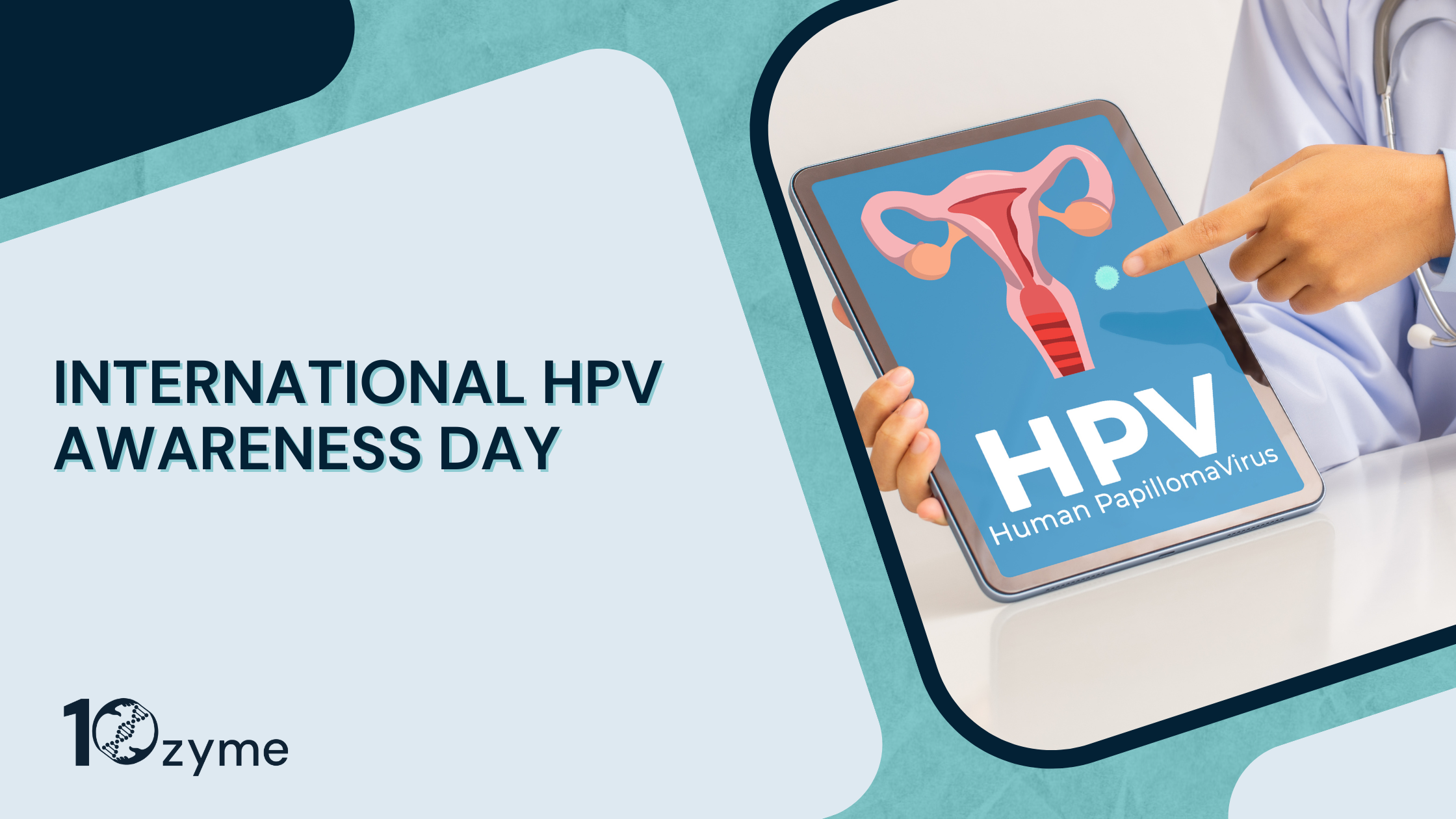


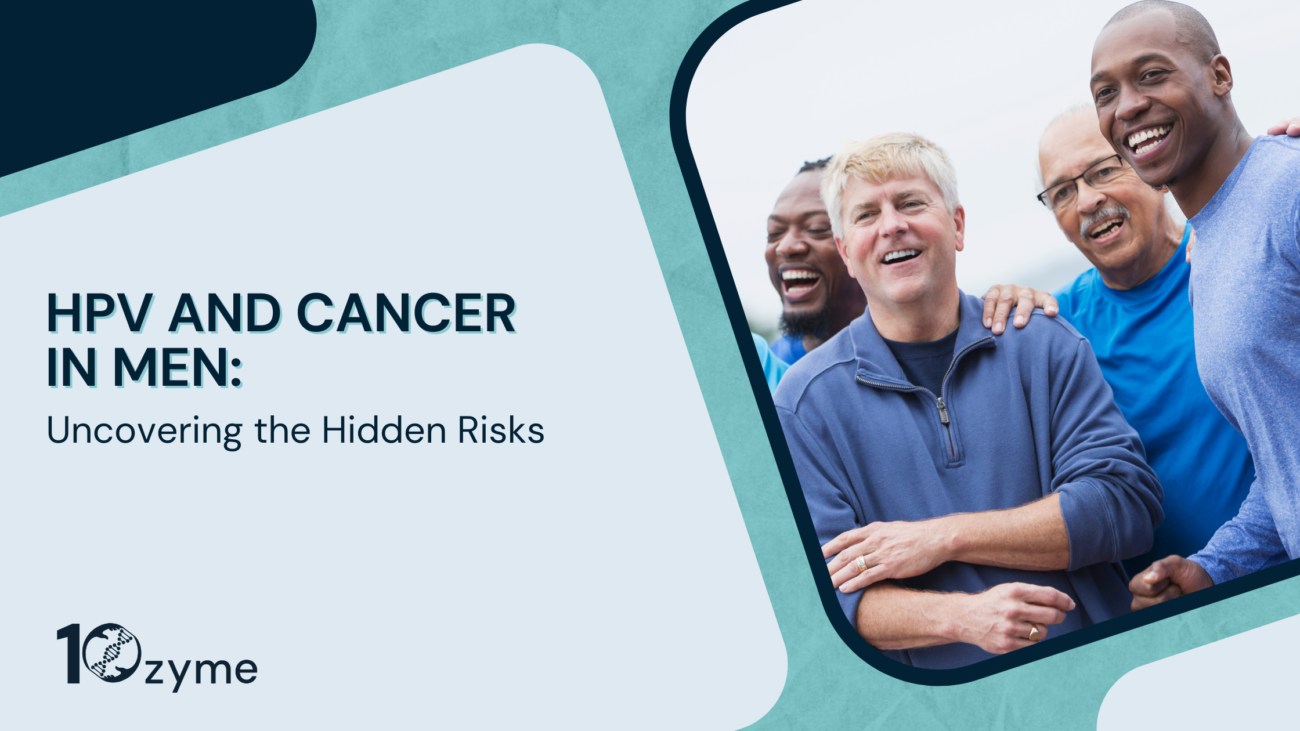

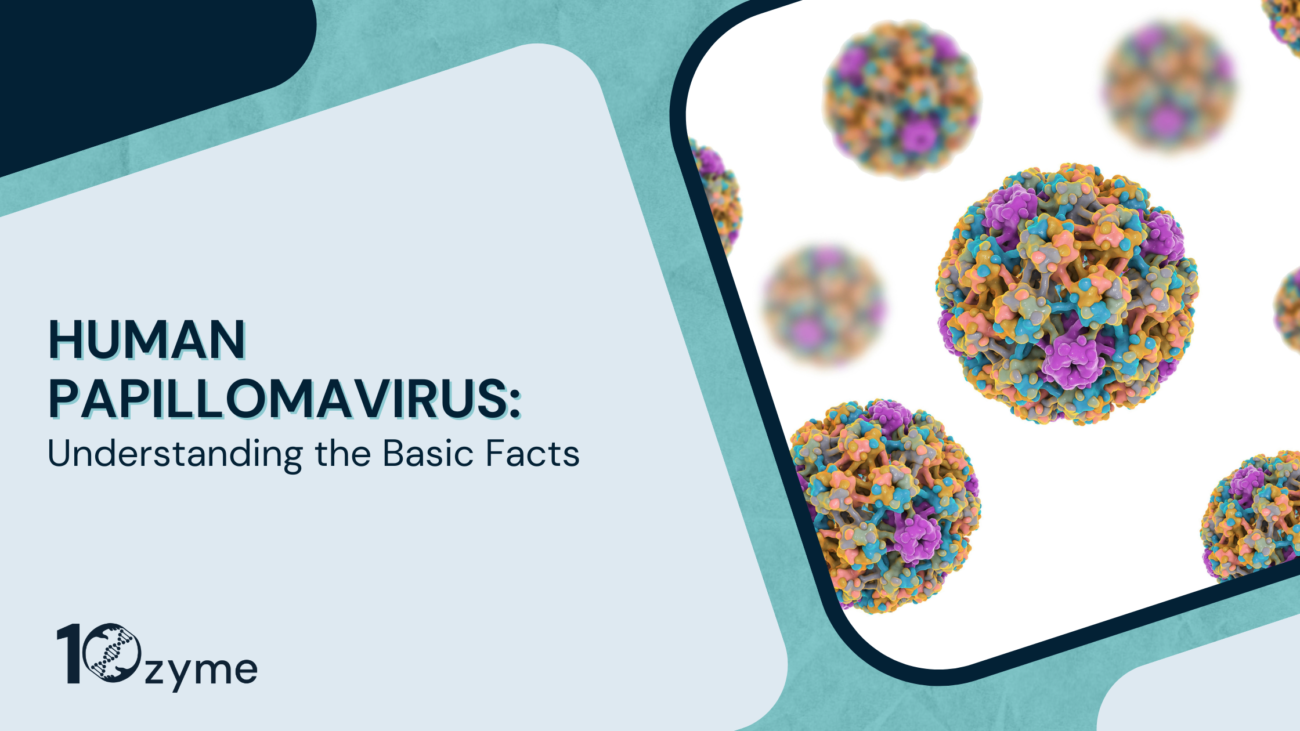
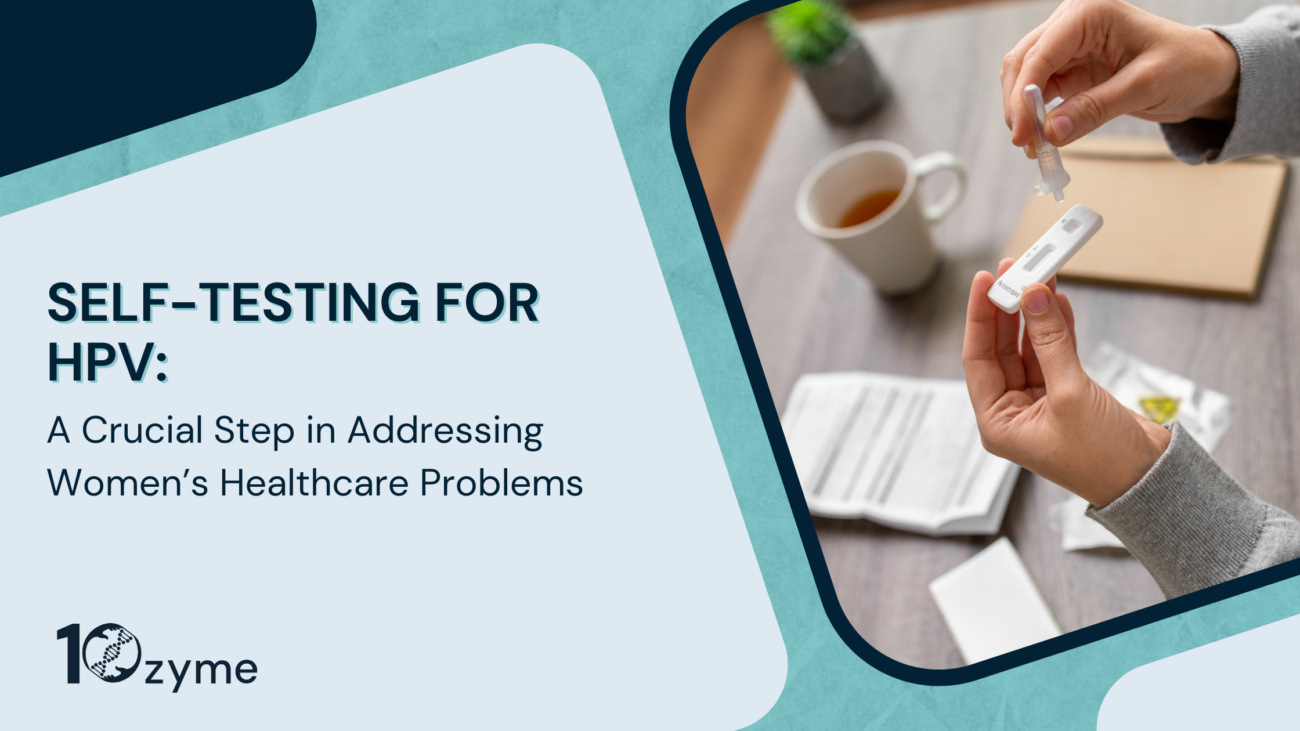
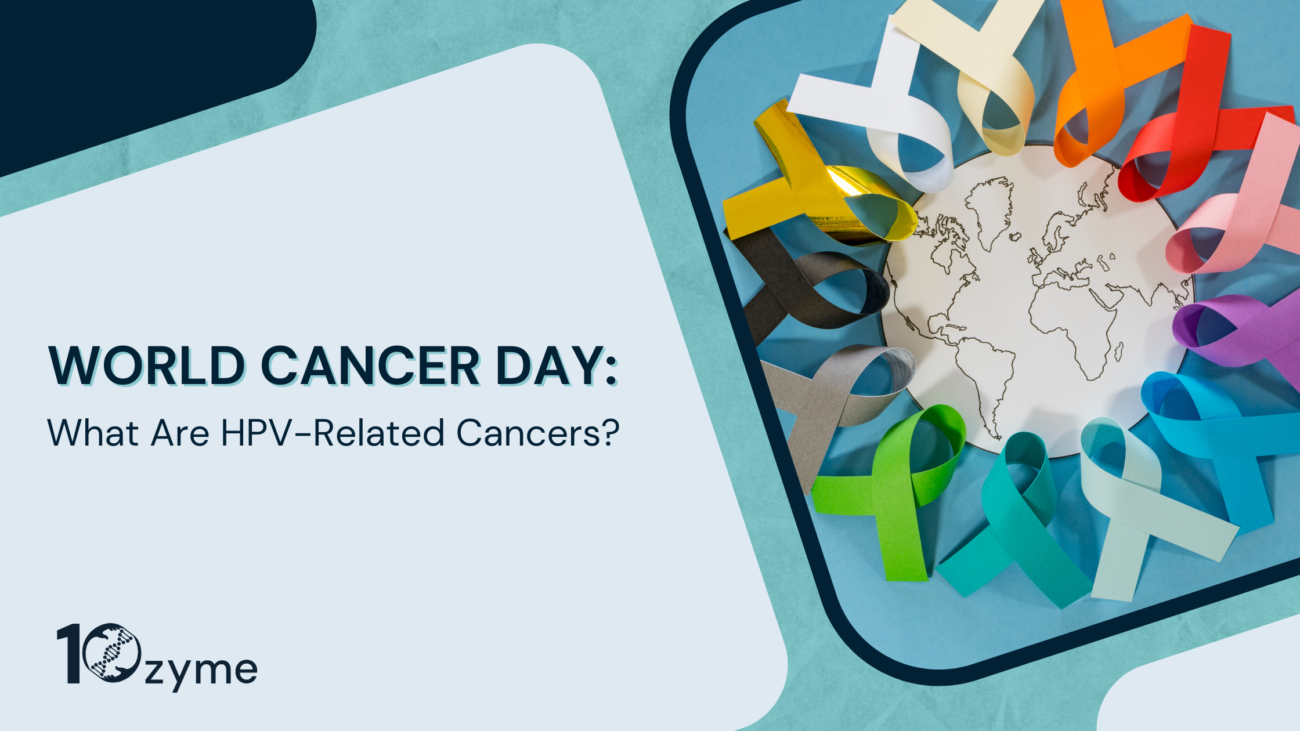
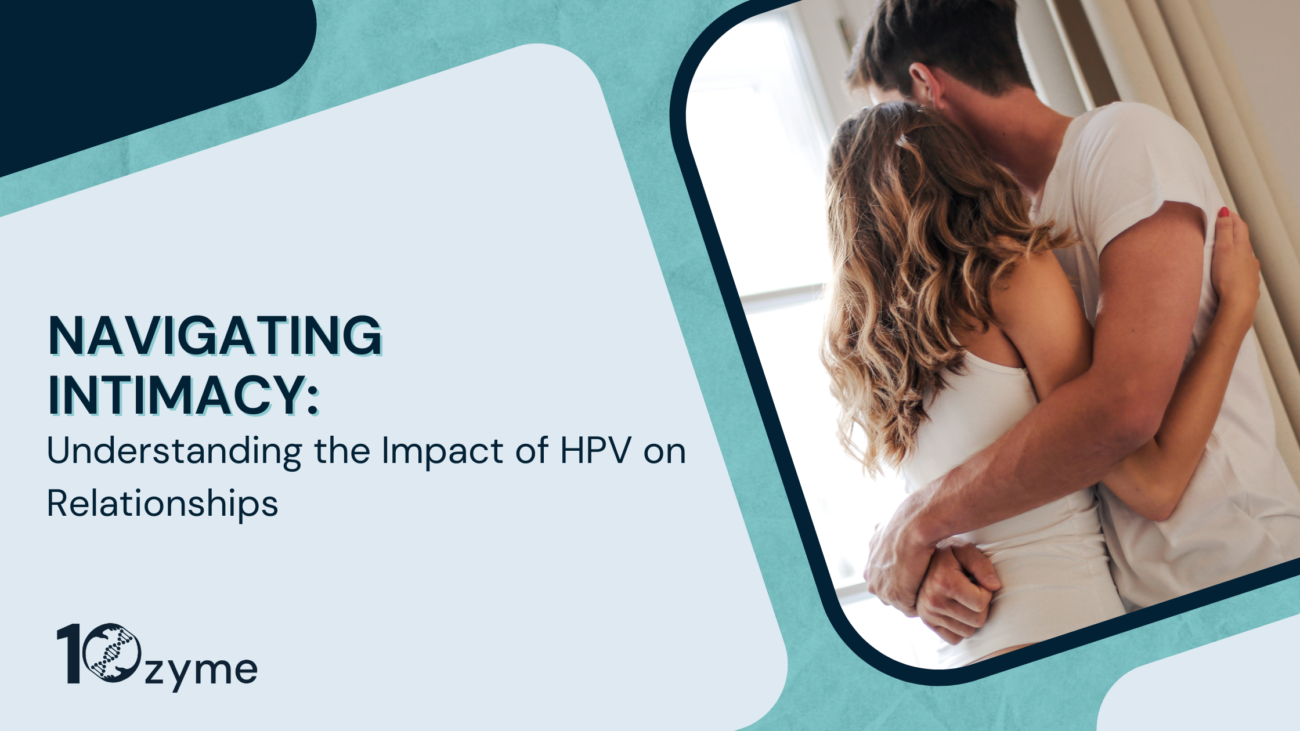
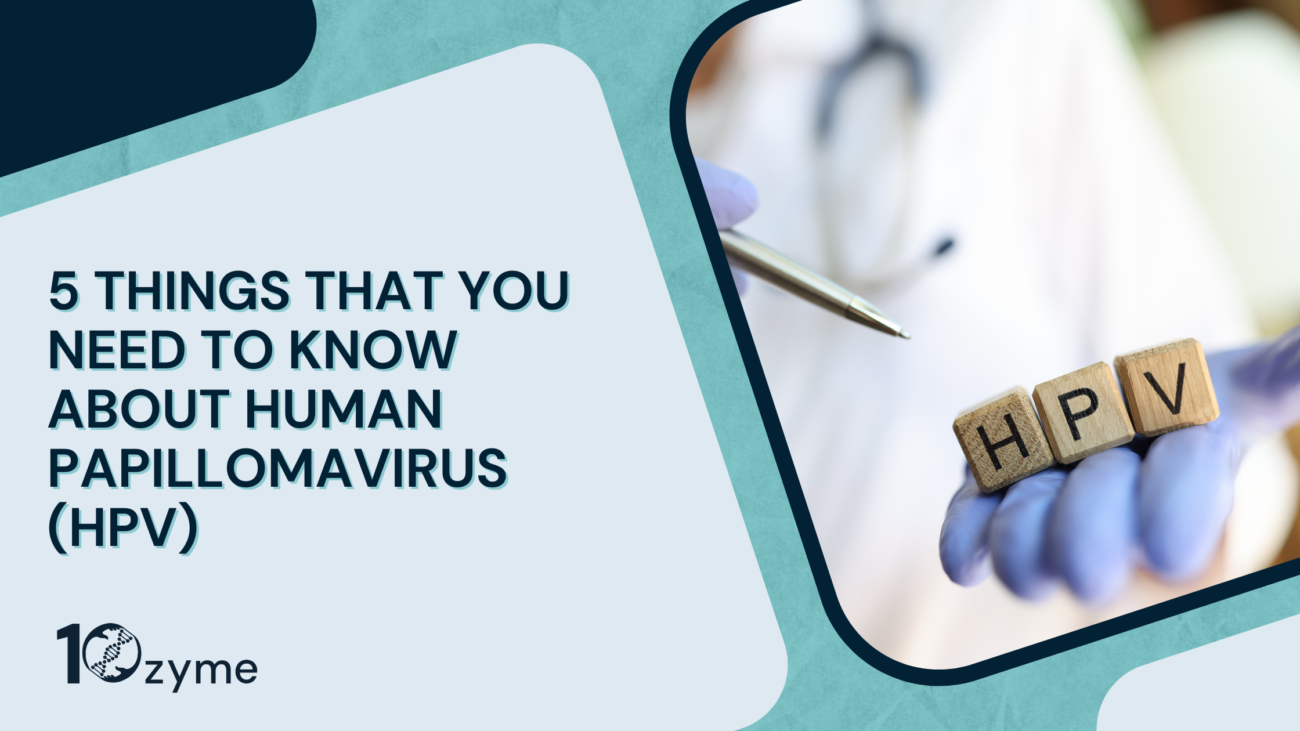

6 thoughts on “International HPV Awareness Day ”